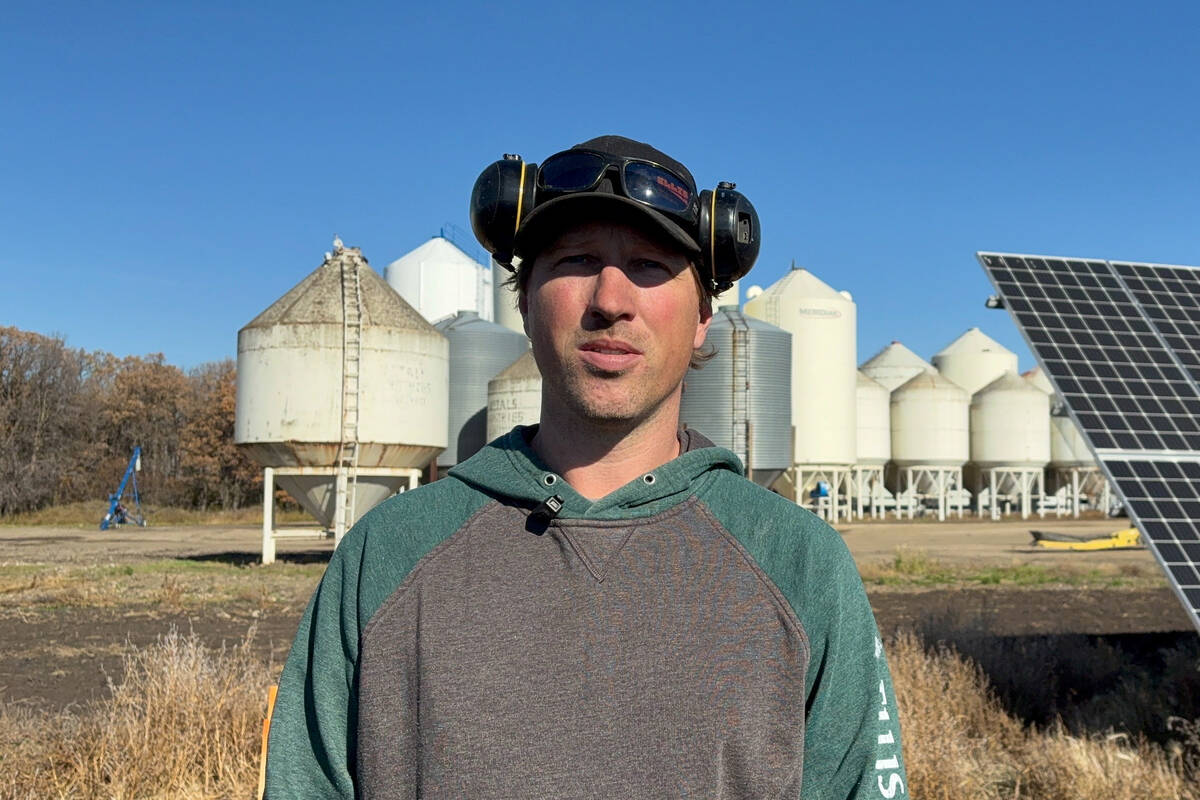A new clubroot-resistant canola is expected to be in Canterra Seeds’ demonstration trials across the Prairies this summer.
The company’s Canterra 1960 variety, a Genuity Roundup Ready hybrid, joins a brief list of clubroot-resistant varieties making their way into the Prairie seed market.
Canterra 1960, booked for a full launch in 2011, was billed in a company release Wednesday as a “high-yielding, mid-season hybrid.”
Pioneer Hi-Bred was first to market last spring with a clubroot-resistant canola, 45H29. Monsanto’s DeKalb wing said in February it expected to have two clubroot-resistant hybrids, 73-77 RR and 73-67 RR, available to “some of its current customers” in 2010, pending Canadian Food Inspection Agency registration.
Read Also

How Canada’s farmers are producing record crops despite droughts and floods
Western Canadian farmers are using minimum and zero-till farming, tile drainage, slow-release fertilizer, and better crop breeding to produce record crops despite drought conditions.
Winnipeg-based Canterra said Wednesday its 1960 variety and another new canola, 1918, are the result of its relationship with “various” breeding partners.
“Instead of limiting themselves to material from one canola breeder, Canterra Seeds has the advantage of choosing material from no less than three separate breeding programs,” and can thus select from greater amounts of material, the company said.
Canterra 1960 and 1918 will be the third and fourth varieties in the company’s “1900” series of canolas, following 1950 and 1956, both launched last year. It billed 1918 as a “top-performing, open-pollinated variety.”
“Seed supply” has pushed the full launch of 1960 and 1918 to the 2011 growing season, the company said.
Clubroot, a soil-borne disease impacting canola, has become an increasing concern for Alberta canola growers since it arrived in 2003 on a canola field in the Edmonton area.
Seed companies and provincial ag staff still urge growers to follow good agronomic practices to prevent clubroot from spreading, such as extending rotations between canola crops to four or more years; cleaning equipment thoroughly; scouting fields regularly; and direct-seeding to cut down on soil erosion in areas infected with the clubroot pathogen.














